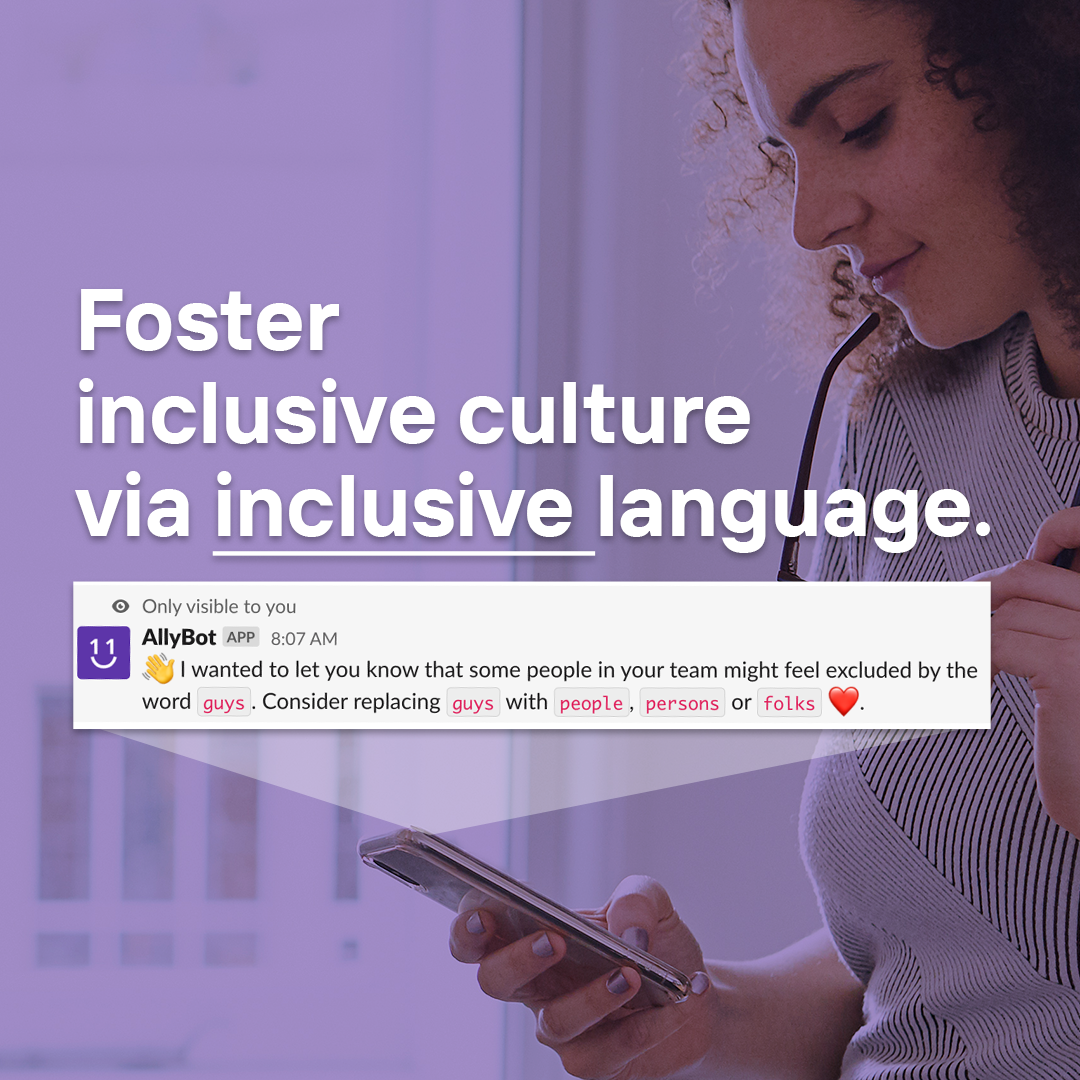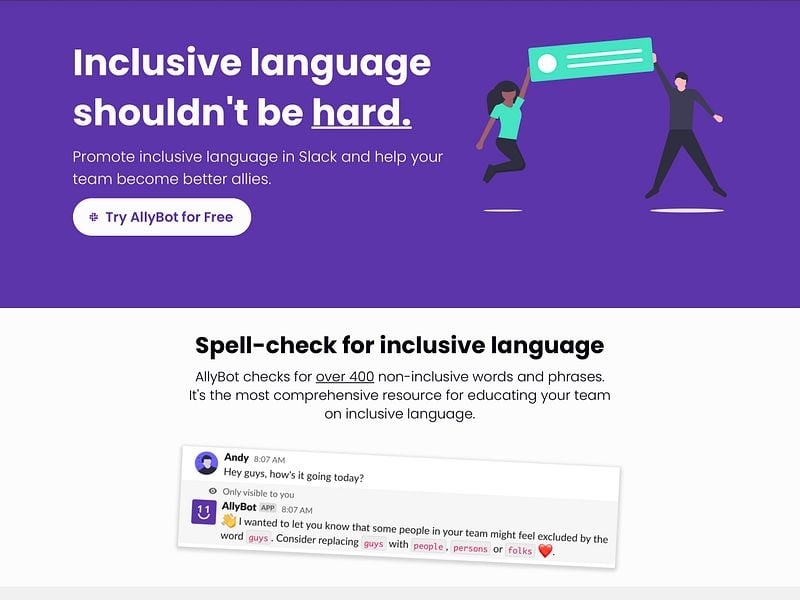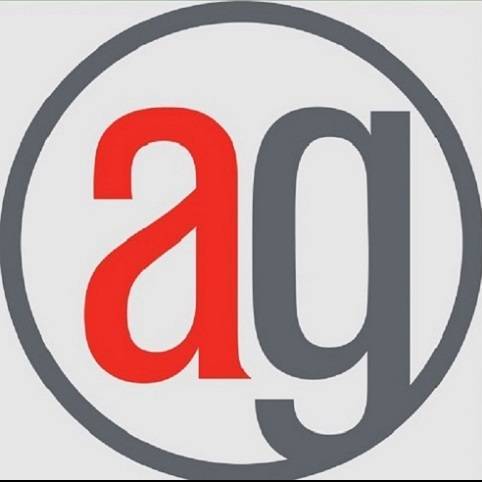Creating a more inclusive workplace culture isn't just a trend—it’s essential. Businesses that prioritize diversity, equity, and belonging often see higher engagement, stronger collaboration, and better employee retention. But how do you actually make diversity and inclusion activities part of everyday work culture? One simple but powerful tool might already be at your fingertips: Slack.
Used by thousands of companies globally, Slack has evolved into more than a messaging app. When leveraged with intention, it can serve as a powerful platform for embedding diversity and inclusion (D&I) into your daily workflows. This article will explore how you can use a worktool like Slack for diversity and inclusion activities that actually work, ensuring your team communicates more effectively, inclusively, and authentically.
Why Slack Is Ideal for Diversity and Inclusion Activities at Work

Slack is already a central hub for internal communication across many small to mid-sized businesses. By integrating D&I strategies directly into the digital workspace, companies can reinforce inclusive values in real time—rather than siloing them into annual training or workshops.
1. Centralized Communication with Custom Channels
One of Slack’s strongest features is the ability to create custom channels. You can set up dedicated spaces for different identity groups, initiatives, or conversations—like #diversity-in-action or #inclusive-culture. These channels can be used to:
-
Share educational content
-
Celebrate cultural milestones and heritage months
-
Spark open conversations about identity and equity
Such visibility sends a message: inclusion is part of how your organization functions daily, not just when a scheduled activity occurs.
2. Integrating Inclusive Language Tools into Slack
Real inclusivity requires ongoing self-awareness, especially in how we communicate. Slack allows integrations with tools like AllyBot, which provides real-time, gentle nudges when non-inclusive or biased language is used. It enables inclusive communication at work without being disruptive.
These nudges help foster a more conscious and respectful language environment—without calling anyone out publicly. Over time, teams become more mindful of their word choices and the impact of their communication.
Slack-Based Activities That Drive Real Inclusion
Here are a few ways to make your diversity and inclusion activities at worktool Slack not only effective but also engaging and long-lasting.
Peer-to-Peer Recognition Programs
Set up a gratitude or shoutouts channel to highlight moments when employees demonstrate inclusive behaviors. Recognizing peers for advocating fairness, supporting underrepresented colleagues, or facilitating a safe environment boosts morale and reinforces desired behaviors.
Weekly Cultural Spotlights
Designate a day of the week (e.g., #CultureFridays) where team members share stories, traditions, or background information from their cultures or communities. Use pinned messages to highlight holidays and encourage thoughtful conversations that build empathy.
DEI Pulse Checks
Use Slack polls to gather anonymous feedback on how employees feel about your diversity and inclusion efforts. Questions like "Do you feel heard and included in team discussions?" can open up avenues for actionable change.
A Simple Guide to Using Slack for D&I Work That Works
If you’re new to integrating inclusion into Slack, start with this step-by-step approach.
Step 1: Set Clear Goals
Before launching any Slack-based initiative, define what you’re trying to achieve. Is it awareness? Engagement? Policy feedback? Goal-setting ensures your activities have a purpose and can be measured.
Step 2: Create and Name Channels Thoughtfully
Use inclusive, neutral names for channels that reflect their goals. Instead of #minorities-in-tech, consider #inclusive-techvoices. Invite broad participation while respecting privacy and sensitivity.
Step 3: Encourage Leadership Participation
Inclusion must be top-down. Have founders, managers, or department heads actively engage in Slack-based D&I activities. Their involvement sets the tone and gives legitimacy to the efforts.
Step 4: Integrate Tools That Encourage Inclusive Language
Install apps like AllyBot to help make Slack a place of inclusive communication at work. These tools offer real-time support to ensure conversations remain respectful and bias-free.
Step 5: Celebrate and Iterate
At the end of each quarter, review how your initiatives performed. Use engagement metrics, employee feedback, and participation rates to adjust and improve. Consistency is key.
Internal and External Resources to Amplify Your Slack D&I Strategy
To strengthen your efforts, supplement Slack activities with learning from trusted sources. Here are a few recommendations:
Internal Link Ideas
-
Blog post: How to Set Actionable DEI Goals at Work
-
Resource page: Slack Integrations for Inclusive Teams
-
Case study: Companies Using AllyBot to Improve Communication
Trusted External Resources
-
Catalyst: Research and tools to build inclusive workplaces
-
Harvard Business Review: Thought leadership on workplace equity
-
Project Include: DEI strategies for tech and SaaS companies
Using Slack as a base for these efforts not only helps scale your diversity and inclusion efforts but normalizes them as part of everyday work.
Build a Culture Where Inclusion Is the Default, Not an Initiative
The reality is, most employees already spend a good part of their day on Slack. That’s why making Slack the hub for your diversity and inclusion activities at worktool Slack strategy makes so much sense. It meets your team where they are and allows you to embed equity, awareness, and inclusive communication into the daily fabric of work.
With the right channels, peer-driven activities, and tools like AllyBot, you can nurture a space where every team member feels safe, respected, and seen. Remember, inclusion isn’t a one-off—it’s a consistent, everyday practice. And with Slack as your ally, building that culture becomes a lot more doable.






